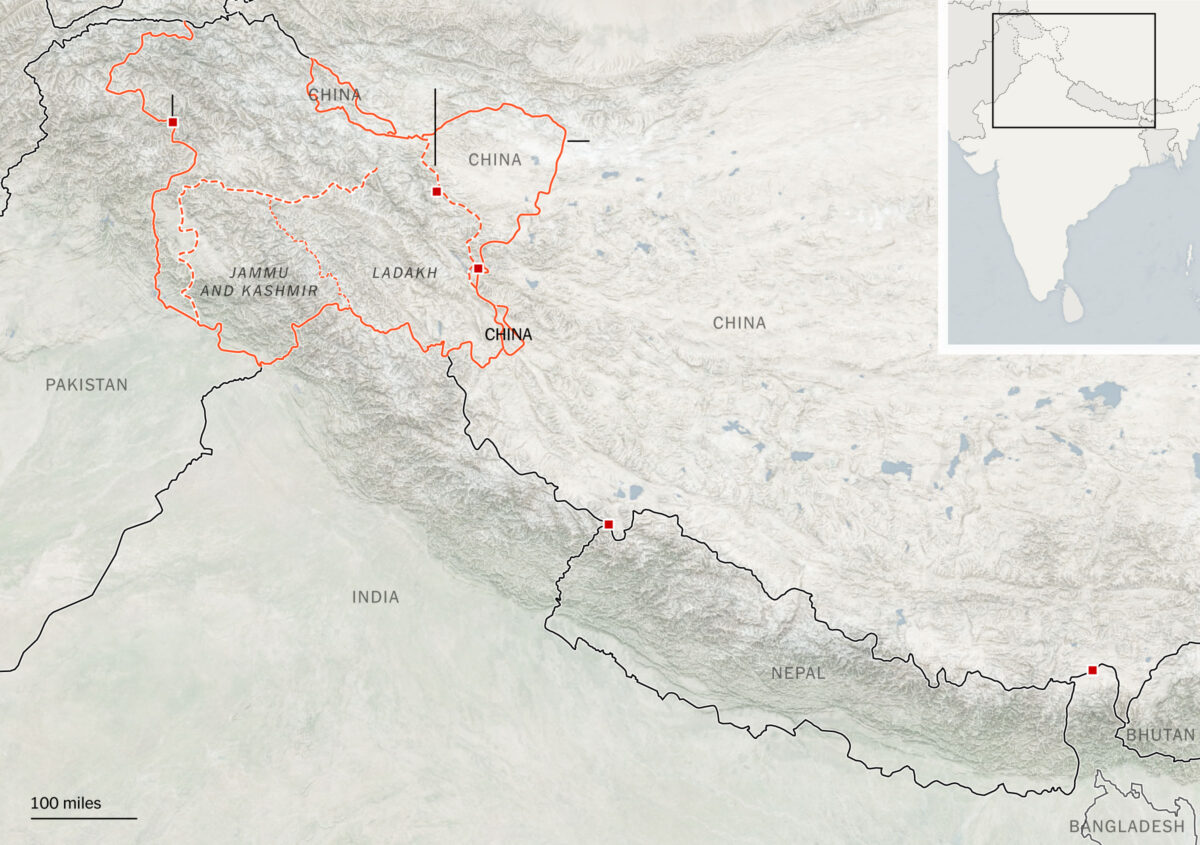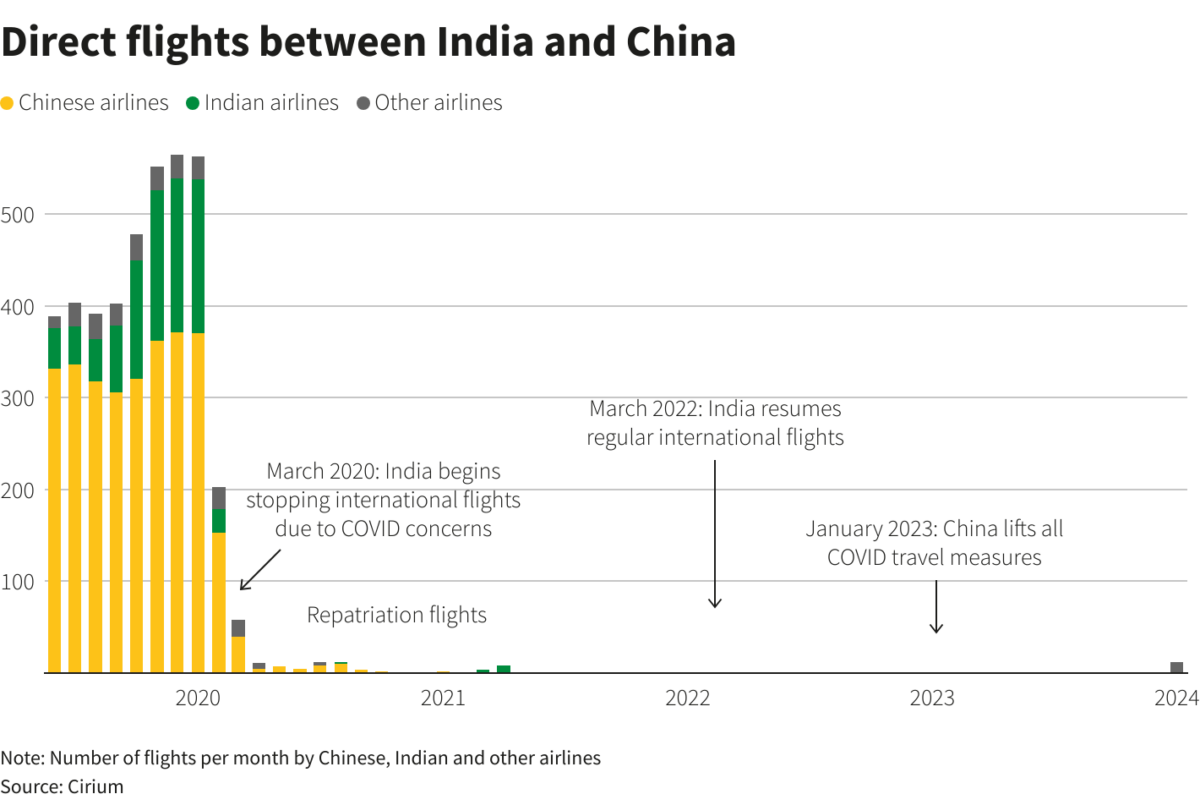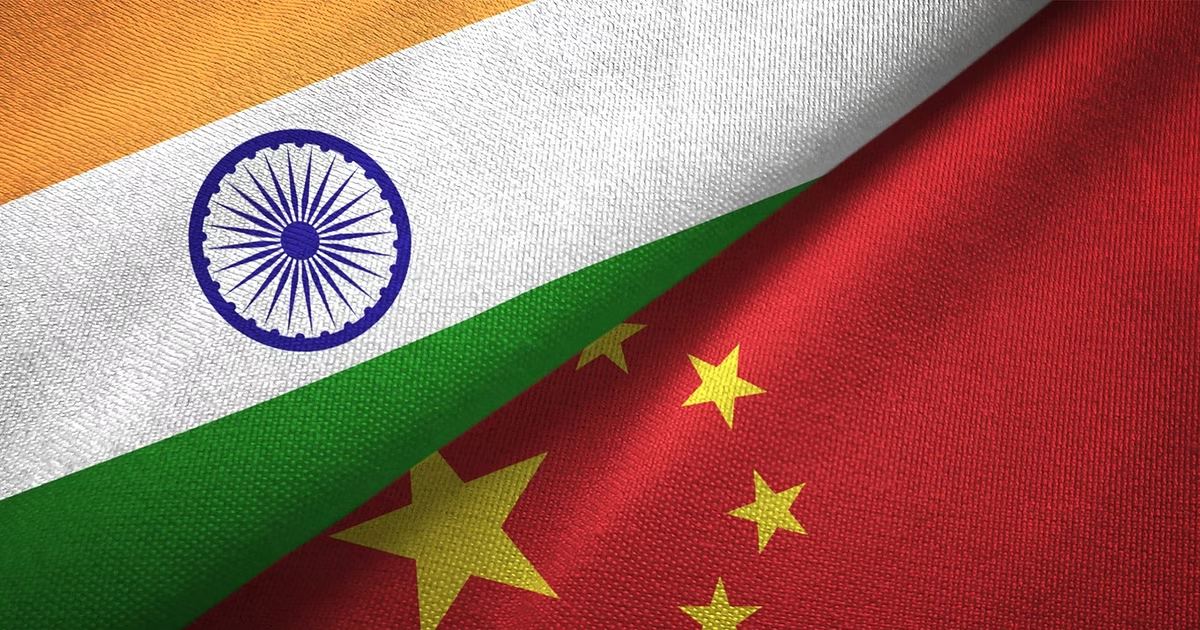Chinese authorities are pressing India to restart direct passenger flights after a four-year hiatus, however, Indian authorities are reluctant because of current border tensions impacting the relationship between the two most populous nations.
Table of Contents

The June 2020 Clash
India and China have had strained relations since a major military clash occurred on their disputed Himalayan border in June 2020, resulting in the deaths of 20 Indian and at least four Chinese soldiers. Thousands of soldiers are still deployed on both sides.
The most severe border conflict between India and China in over four decades resulted in the death of 20 Indian soldiers and many others thought to be taken captive, according to Indian authorities, escalating tensions between the two nuclear-armed nations who have been demonstrating their diplomatic and military strength more frequently. A minimum of 20 Indian soldiers and four Chinese soldiers lost their lives.
Impact on Bilateral Relations
After the clash, India has made it challenging for Chinese companies to invest, banned numerous popular apps, and cut passenger routes. However, direct cargo flights continue between the two countries. India’s normal relations with China are difficult, as stated by External Affairs Minister S Jaishankar in New York. He pointed out that China breached bilateral agreements and deployed a significant number of troops along the Line of Actual Control (LAC) in eastern Ladakh in 2020.
Aviation Sector Implications
Economic Impact of Direct Flights
Direct flights would have a positive impact on both economies, with China having more at stake due to the slower recovery of overseas travel post-COVID-19, compared to India’s thriving aviation sector. Over the past year, China’s government and airlines have consistently asked India’s civil aviation authorities to bring back direct air links, as reported by two sources familiar with the matter speaking to Reuters.
One source mentioned that China views this as a significant matter. China’s Foreign Ministry expressed optimism that India will collaborate with them on reestablishing direct flights soon, stating that it would benefit both nations. According to a senior Indian official well-versed in India-China relations, Beijing’s wish to restart flights will not be possible unless there is peace and calm on the border.

Current Status of Flights
According to data from aviation analytics firm Cirium, the number of scheduled flights between India and China reached its highest point in December 2019, with a total of 539 flights, by airlines such as IndiGo, Air India, China Southern, China Eastern, Air China, and Shandong Airlines. Chinese airlines planned 371 flights, which is over twice the number of flights scheduled by airlines in India. Flights were stopped due to the worsening of the pandemic. Despite India lifting COVID restrictions on international air routes a year later and China removing all COVID travel measures in early 2023, there have been only a few COVID repatriation flights, and regular flights have not yet resumed.
Travellers are now required to transfer flights in either Hong Kong, which has its own aviation regulator and border controls separate from the rest of China or in hub cities such as Dubai or Singapore. This has increased the journey duration between India and China from less than six hours to over 10 hours, helping airlines like Emirates, Singapore Airlines, and Cathay Pacific by redirecting lucrative traffic to the United States. The rebound in Chinese international travel is slow because of increasing expenses and challenges in obtaining entry permits for the globe’s major spenders in global tourism and aviation.
Conclusion
While direct flights would positively impact both economies, the ongoing border tensions continue to pose a significant barrier. The resolution of these tensions is crucial for the resumption of direct passenger flights and the normalisation of bilateral relations.



